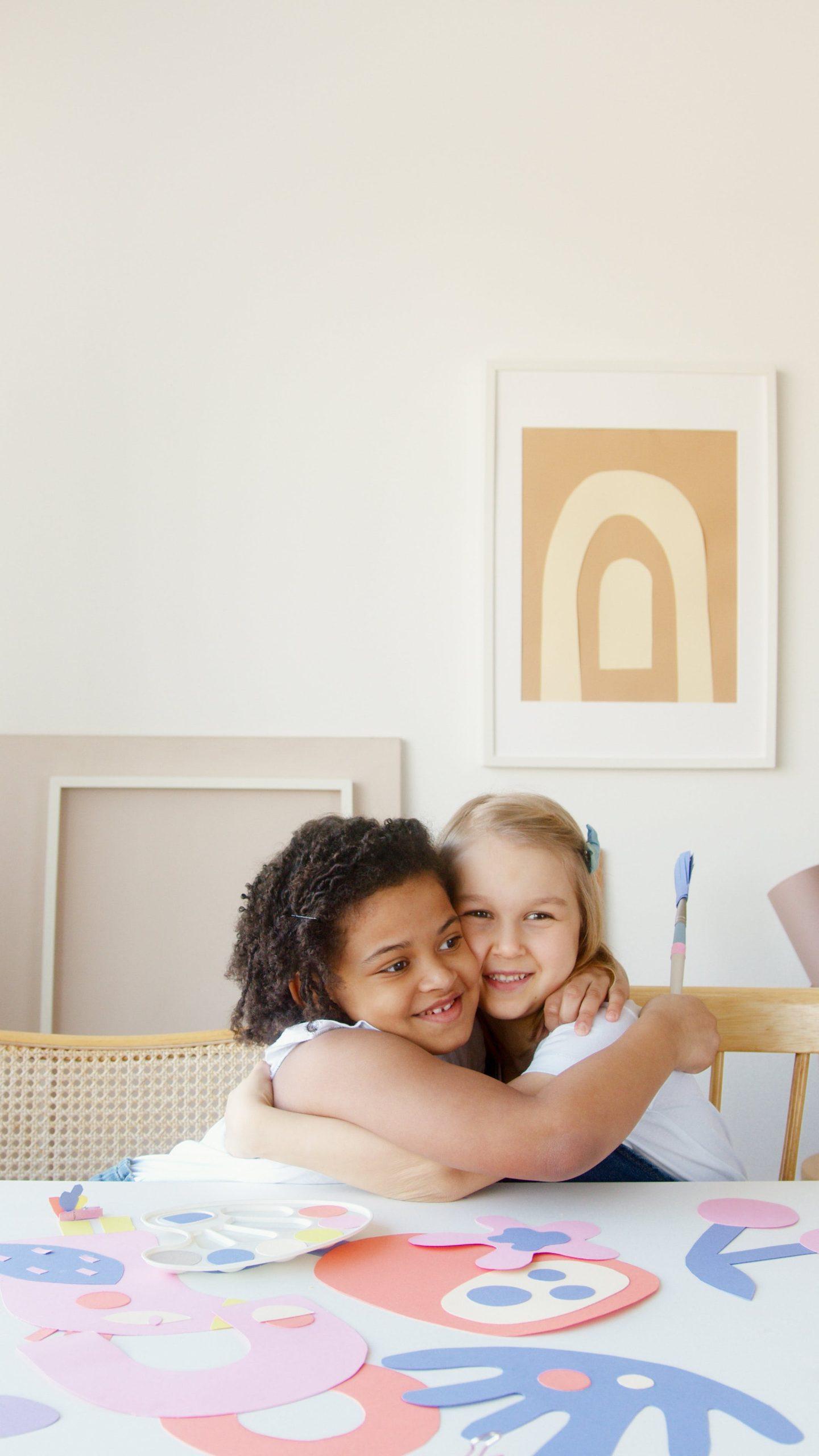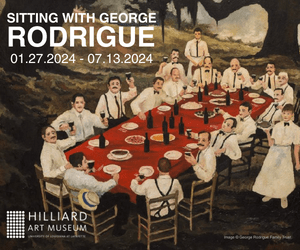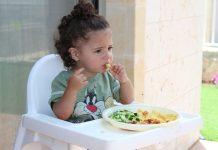Raising Inclusive Kids :: Nurturing The Understanding Of Race And Culture
My children, who are 8 and 9 years old, are growing up in an environment where my husband and I encourage open discussions about any topic. While they are still quite young, we’ve been preparing ourselves for those deeper conversations that are bound to arise as they get older. One such important conversation we’ve initiated is about race.
It’s easy to assume that young kids might not be able to grasp the concept of race fully, and to some extent, that’s true. But let’s not forget that kids are sponges and love to learn as they grow, so it’s never too early to start teaching them. However, your approach to teaching them is the key to them truly understanding.
My husband and I have found that tailoring our conversations to their age level and not overwhelming them with information works best.
As they’ve grown, we’ve gradually introduced more information, particularly focusing on black history. Honestly, I wasn’t quite sure how to begin this conversation without making it overwhelming or scary for them. That’s when my husband came up with a brilliant idea – kid-friendly videos on YouTube. These short videos, often narrated by kids or in a cartoon format, have been incredibly helpful in engaging them, facilitating learning, and sparking conversations.
I also made a trip to Target during Black History Month and picked up several kid-friendly books about historical black figures. Additionally, I found a series of books by Vashti Harrison on Amazon titled “Little Leaders,” which cover remarkable men and women in Black History. These resources have been invaluable in starting meaningful conversations with our children.
Our routine involves watching YouTube videos and having a discussion afterward, with the kids taking the lead. We choose short videos that are around 5-10 minutes in length, keeping in mind their shorter attention spans. It’s a fantastic way to introduce history and education while holding their interest. Reading about one or two exceptional individuals from the books is another favorite, and the fact that these books are designed for kids makes it even more enjoyable. We always talk with them after we’ve watched or read something, as it helps them retain the information.
 Opportunities to discuss racial topics with children arise all the time.
Opportunities to discuss racial topics with children arise all the time.
We don’t have daily discussions, but we seize the moment when the opportunity presents itself. For instance, after my son watched a cartoon on PBIS, we discussed Hanukkah and Jewish culture. Watching the movie “Coco” led to a conversation about Dia de los Muertos and Mexican culture. We celebrate Juneteenth, so we’ve talked about the holiday and the history of slavery. When my daughter inquired about Columbus Day, I explained that we don’t celebrate it but observe Indigenous People’s Day. This simple question from her allowed us to delve into a conversation about Indigenous people and their culture. We also talk about race and different ethnicities throughout the year, ensuring that they’re constantly learning.
My husband and I don’t pretend to have all the answers, especially when it comes to other races and cultures.
We believe that honesty is key when talking to children. We readily acknowledge when we’re unsure about something, and together, we say, “Let’s look that up.” This demonstrates to our children that none of us knows everything, and that’s perfectly okay. It teaches them that instead of assuming, it’s better to do some research and seek the correct information.
As they’ve gotten older our conversations about race have become deeper, which is our ultimate goal. We want them to be curious and eager to learn about all races and cultures. Teaching them these values from a young age will profoundly influence the adults they become. It’s how we ensure that our children grow up respecting all individuals. I encourage you to start having these conversations early with your kids, and if you haven’t begun yet, there’s no time like the present.
I’m well aware that these conversations will become more challenging as they get older, but I believe that starting early will help ease the way for those tougher discussions. It’s important that they understand that discussions about race and culture can be difficult but are also necessary. We don’t want them to shy away from these conversations; it’s how we all learn about each other.
Recognizing and celebrating our differences, including aspects like color and ethnicity, is incredibly important.
 As we guide our children through understanding diverse cultures, and the uniqueness that it brings, we also emphasize the need for fostering values of acceptance, kindness, and respect. These lessons are not only valuable but will continue to be a guiding light throughout their lives.
As we guide our children through understanding diverse cultures, and the uniqueness that it brings, we also emphasize the need for fostering values of acceptance, kindness, and respect. These lessons are not only valuable but will continue to be a guiding light throughout their lives.
As a mom, I simply want your children to respect mine, just as I am teaching mine to respect and honor yours. So, let’s all do our part to contribute to a society that is more inclusive and harmonious.


















